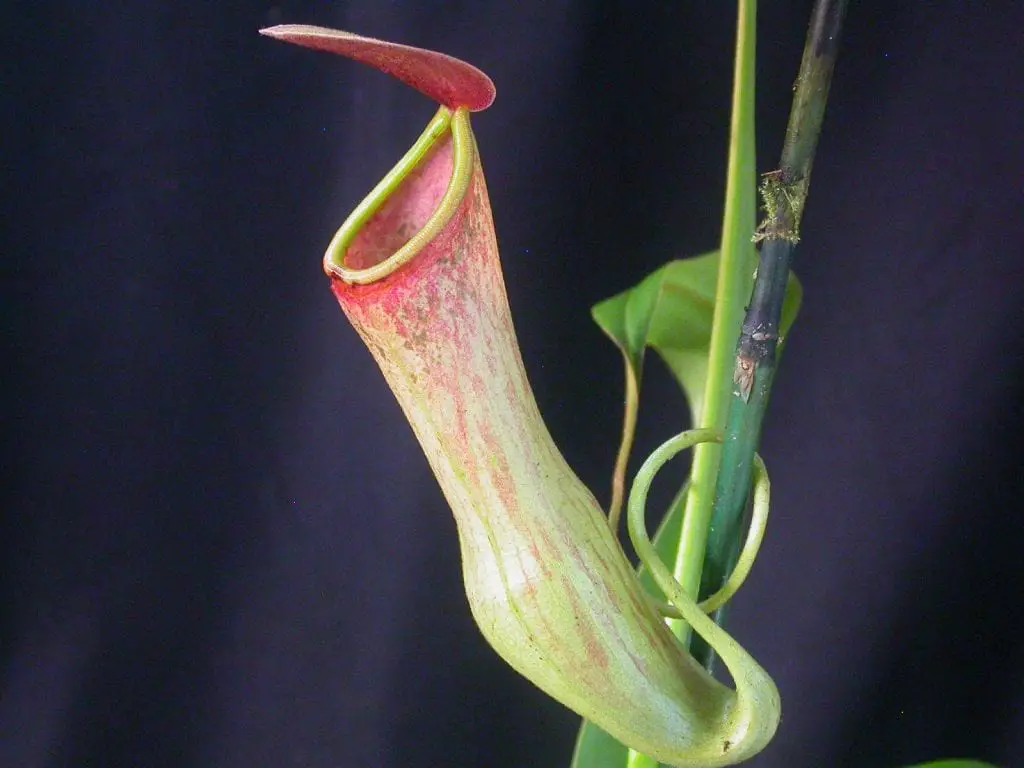
Nepenthes khasiana
With the arrival of the coldest season of the year our carnivorous plants stop their growth. Once the temperature drops below 15 degrees Celsius, they start saving energy in order to survive and get to the next spring well.
During these months, maintaining them can be a bit complicated, especially if we had not had one before. Therefore, we are going to tell you how to care for carnivorous plants in winter.

sarracenia purpurea
Most carnivorous plants are of tropical or subtropical origin, this means that they do not resist the cold far from frost. Only those of the genus Sarracenia or the Dionaea can withstand slightly low temperatures (down to -3ºC) if they are specific and short-lived frosts. For this reason, it is very likely that we will have to relocate them before winter arrives.
Thus, if we live in an area where intense frosts occur, we will have to protect them from inclement weather in a home greenhouse or inside the home. Placed in a corner where drafts cannot reach them (neither cold nor warm) and where there is a temperature of about 15ºC (10oC in the case of Sarracenias, Heliamphoras and Dionaeas), they will be able to hibernate without problem. On the other hand, if we live in an area that has a mild climate, we can continue to have them outside.

Sundew rotundifolia
But you don’t just have to think about the location, but also about the irrigation. By not growing, they no longer need as much water, so you have to space out the waterings. The new frequency will vary depending on where we have the plants and the weather forecasts (in the event that we leave them outside). As usual, the substrate must always be left a little dampnot waterlogged.
To avoid problems, you have to remove the plate from underneath because if frosts occur, the water that may be inside it could freeze and, in doing so, it would damage the roots.
Further information: Hibernation of carnivorous plants

